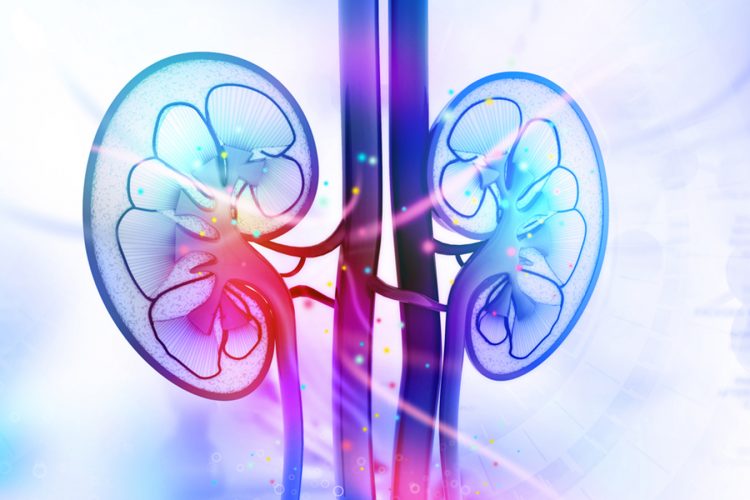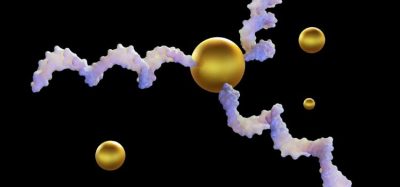Early diagnostic imaging to prevent kidney disease
Posted: 10 August 2017 | Dr Zara Kassam (European Pharmaceutical Review) | No comments yet
Researchers translate neuroimaging tools to study renal fibrosis…


Researchers translate neuroimaging tools to study renal fibrosis, the technique is expected to replace the invasive biopsies currently used to identify patients at risk of developing chronic kidney disease.
“Diffusion tensor MRI (DTI) is ideal for detecting kidney damage, because the main functions of the kidney are all related to water movement,” explains Osaka University Professor and Surgeon Shiro Takahara.“DTI is used to image brain structures, because the diffusion of water in the white matter of the brain is anisotropic. Water diffusion in the kidney is also anisotropic,” he continues.
DTI has been used previously to study kidney pathologies, but with limited success. In their latest studies, Prof Takahara and his colleagues incorporated a spin-echo sequence to DTI and a special kidney attachment to observe renal fibrosis in diabetic rats.
The anisotropy of the fluid flow allowed the researchers to construct maps of the different regions of the kidney.
“In DTI, we make fractional anisotropy maps of the kidney. This identifies which regions have renal fibrosis,” said Associate Professor Jun-Ya Kaimori.
By preparing maps of specific kidney regions, the scientists could compare which regions showed different kidney fluid dynamics in live diabetic and healthy rats.
“The cortex and outer stripe of the medulla were different,” said Prof Kaimori. This distinction not only validated the new method for the detection of renal fibrosis, but also provided a target region when diagnosing diabetic patients. “The application of non-invasive techniques like MRI will help prevent progression to intractable kidney diseases,” he added.









